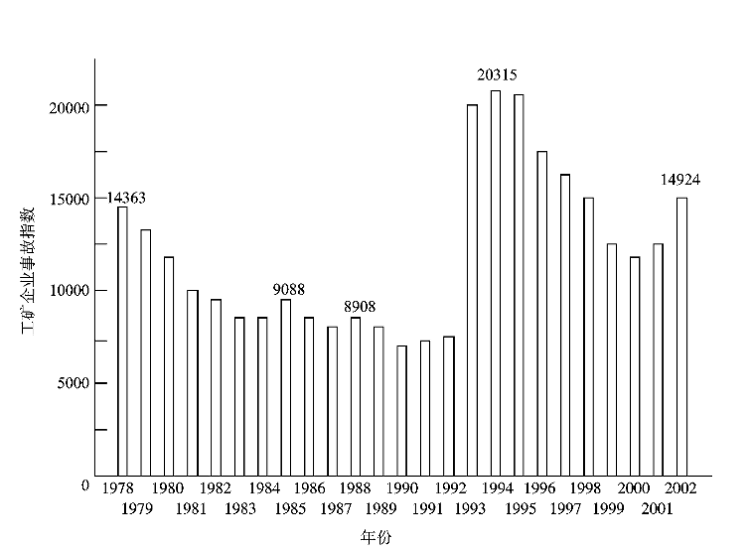According to statistics from the International Labor Organization (ILO), about 1.1 million people die from work-related accidents and occupational hazards worldwide each year, of which about 25% are deaths caused by occupational diseases. ILO preliminary estimates that 3,000 people die at work every day, and the number of occupational diseases will double in 2020. In these industrial accidents and occupational disease hazards, the proportion of developing countries is very high, such as China and India, which is twice as high as that of developed countries.
Since the reform and opening up, China's national economy has maintained rapid growth, but occupational health and safety work has lagged far behind the pace of economic construction. The frequent occurrence of major malignant industrial accidents and the high number of occupational patients have always been difficult problems plaguing China's economic and social development.
Work-related accidents and occupational hazards not only endanger the lives and health of millions of workers, but also cause huge losses to the national economy. Each year, there are direct losses of billions of yuan due to work-related accidents and nearly tens of billions of occupational diseases. According to estimates, the economic losses caused Between RMB 80-200 billion.

Chart: 1978-2002 Occupational Injury Deaths in China
Source: Occupational Health and Safety and Environmental Management, Zhang Lianying, 2005, Tianjin University Press
Occupational safety and health management system development history
• In 1999, at the 15th World Occupational Health and Safety Conference, the International Labor Organization (ILO) issued guidelines on occupational health and safety management systems.
• In 1999, 13 organizations including the British Standards Institute (BSI) and Det Norske Veritas (DNV) proposed the Occupational Health and Safety Evaluation Series (OHSAS) standards, namely OHSAS 18001 Occupational Health and Safety Management System-Specification and OHSAS 18002 Occupational Health and Safety Management System-OHSAS 18001 Implementation Guide.
• In 2007, OHSAS 18001 was further revised to further integrate the language and architecture of the ISO 9001 and ISO 14001 standards.
• In 2013, the International Organization for Standardization (ISO) began to prepare a new standard-ISO 45001 Occupational Health and Safety Management System Requirements and Guidelines to replace the OHSAS18001 standard.
Occupational Health and Safety (OHS):
•Research on the safety and health of in-service personnel during their occupations to prevent and control the occurrence of accidents to ensure the safety and health of workers and related parties;
•It is an interdisciplinary subject, covering various disciplines from public health, environmental occupational medicine, safety engineering, ergonomics to labor sociology, industrial relations (labor research), to disease and health sociology.
• Occupational Safety and Health Management System (OHSMS): through occupational hazard factors, identification of hazards, risk assessment, development of target indicators, formulation and implementation of occupational health and safety management plans and other activities, in order to establish occupational safety and health policies and goals and achieve these goals A series of interconnected or interacting elements formulated.
• Occupational Safety and Health Management System (OHSMS) is an important branch of Environmental Safety and Health Management System (EHSMS).